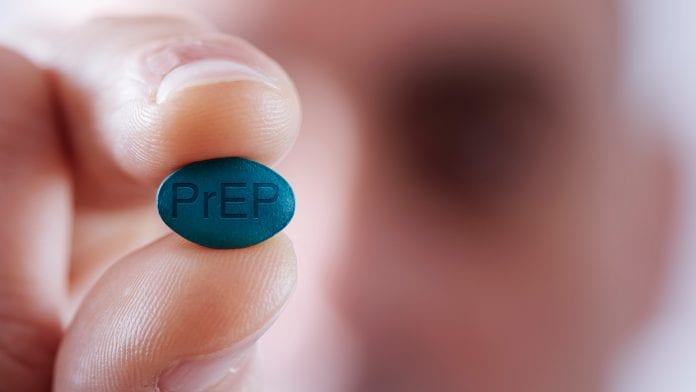
A new study reveals that medication for HIV prevention is not being utilised by people with a high-risk of contracting the disease, despite it being easily accessible.
The research, published in the journal AIDS and Behaviour, infers that despite being conscious of pre-exposure prophylaxis (PrEP) – HIV prevention medication used daily to protect HIV-negative people from infection – cisgender sexual minority men and transgender women are still not using it.
Analysing the usage of HIV prevention medication
The researchers, who are part of the Rutgers School of Public Health’s Center for Health, Identity, Behaviour and Prevention Studies (CHIBPS), surveyed 202 young sexual minority men and transgender women, both of which are high-priority populations for HIV prevention. They discovered that although 98% of those surveyed were knowledgeable about PrEP, fewer than 25% were partaking in the medication.
According to the Centres for Disease Control and Prevention, this is particularly surprising because sexual minority men accounted for 69% of all HIV diagnoses in 2018, making them the most impacted community by HIV.
Transgender populations demonstrated disproportionate effects of HIV and prevention challenges; black and hispanic/latinx communities showed the highest probability of being newly diagnosed with the disease, with white people the most likely to be users of PrEP.
Caleb LoSchiavo, the author of the study and a doctoral candidate at the Rutgers School of Public Health, said: “It was surprising that so few participants were using PrEP, but we were happy to see that there were no racial or ethnic disparities in who was using it.
“I think the study results point to the effectiveness of local efforts to increase the use of PrEP for those who need it most.”
Ethnicity influencing use of PrEP
The findings from the study indicate that ethnic background can influence the factors associated with the use of PrEP, with specific beliefs and racial differences correlating to its low utilisation. For example, white participants demonstrated an increased use of the drug as they got older, decreasing if they reported concerns about daily medication use. Furthermore, participants of colour who received information from a healthcare provider were more likely to use PrEP.
Perry N. Halkitis, Dean of the Rutgers School of Public Health and director of CHIBPS, explained: “Our study highlights the importance of clinicians in expanding the use of HIV prevention methods like PrEP among those who need it most, both through informing their patients about PrEP and through combating stigmatising beliefs about PrEP use.”
The study highlights that there need to be improvements in HIV education, with knowledge of PrEP passed on to those who crucially need it.
“Positive public health messaging about PrEP must reframe risk, combat stigma, and normalise preventive healthcare,” LoSchiavo said.






















